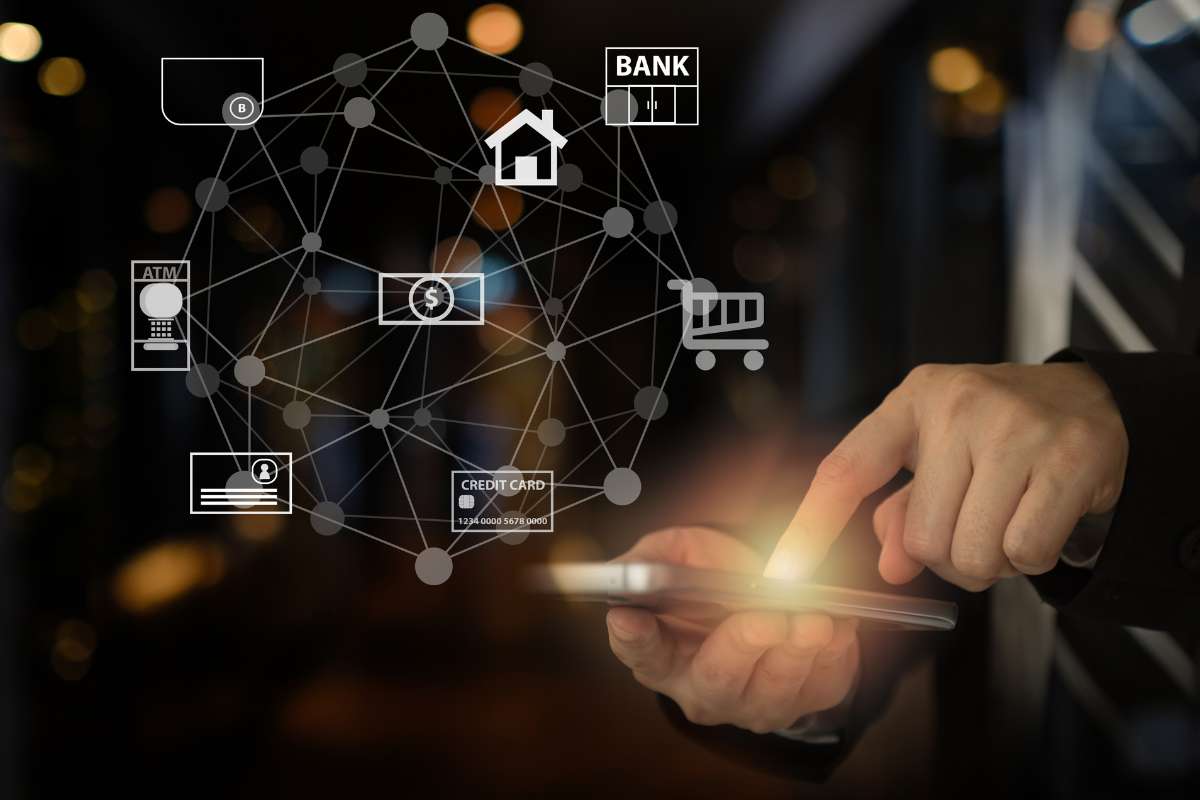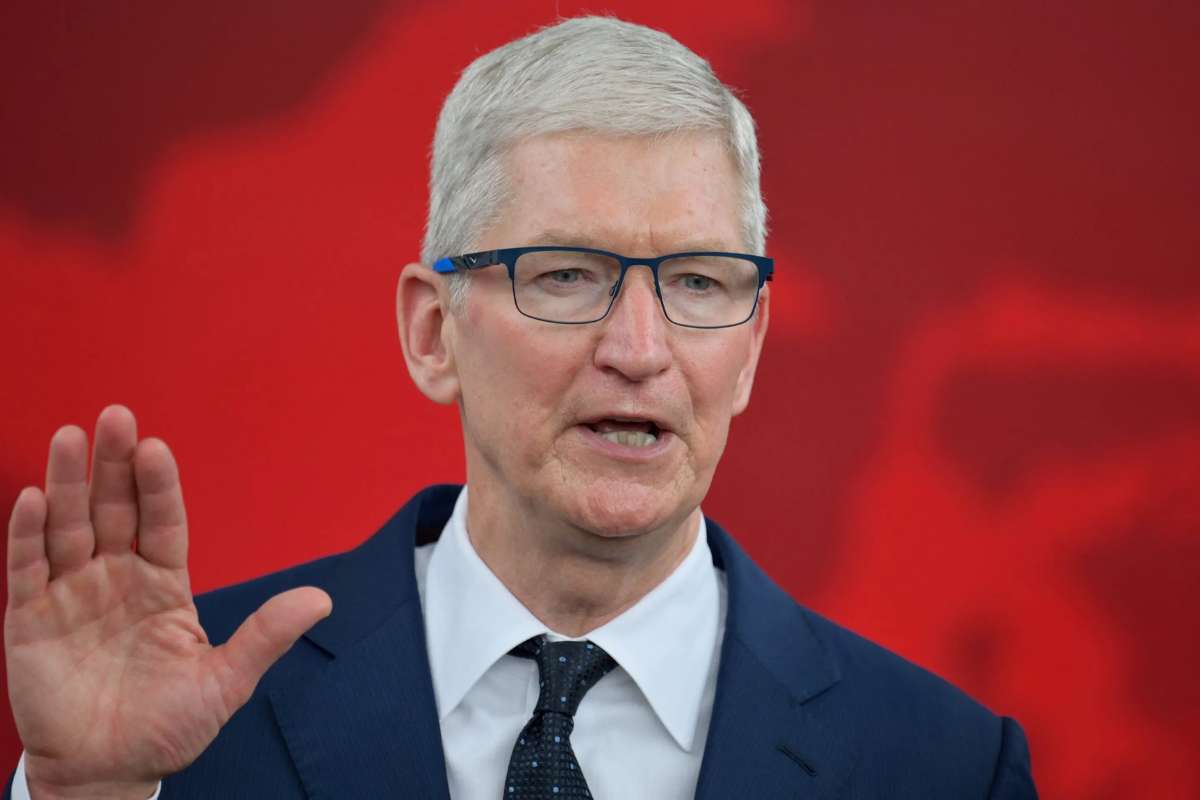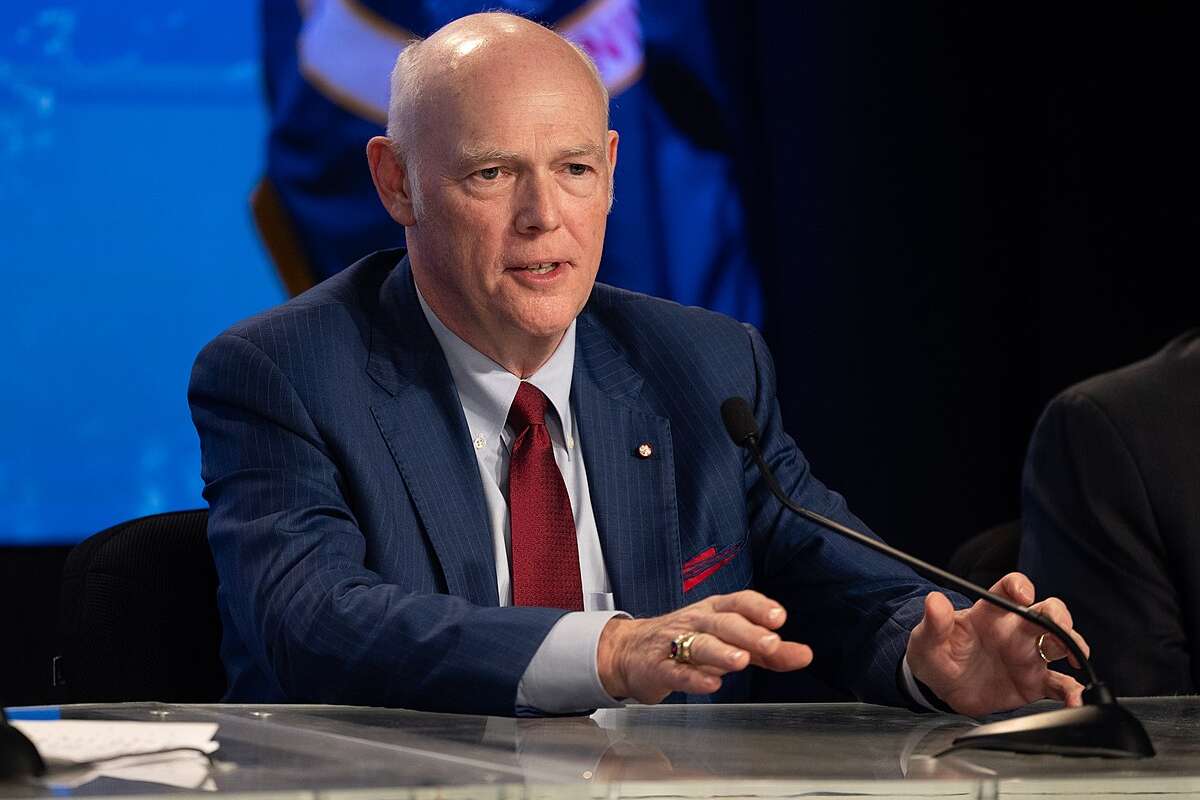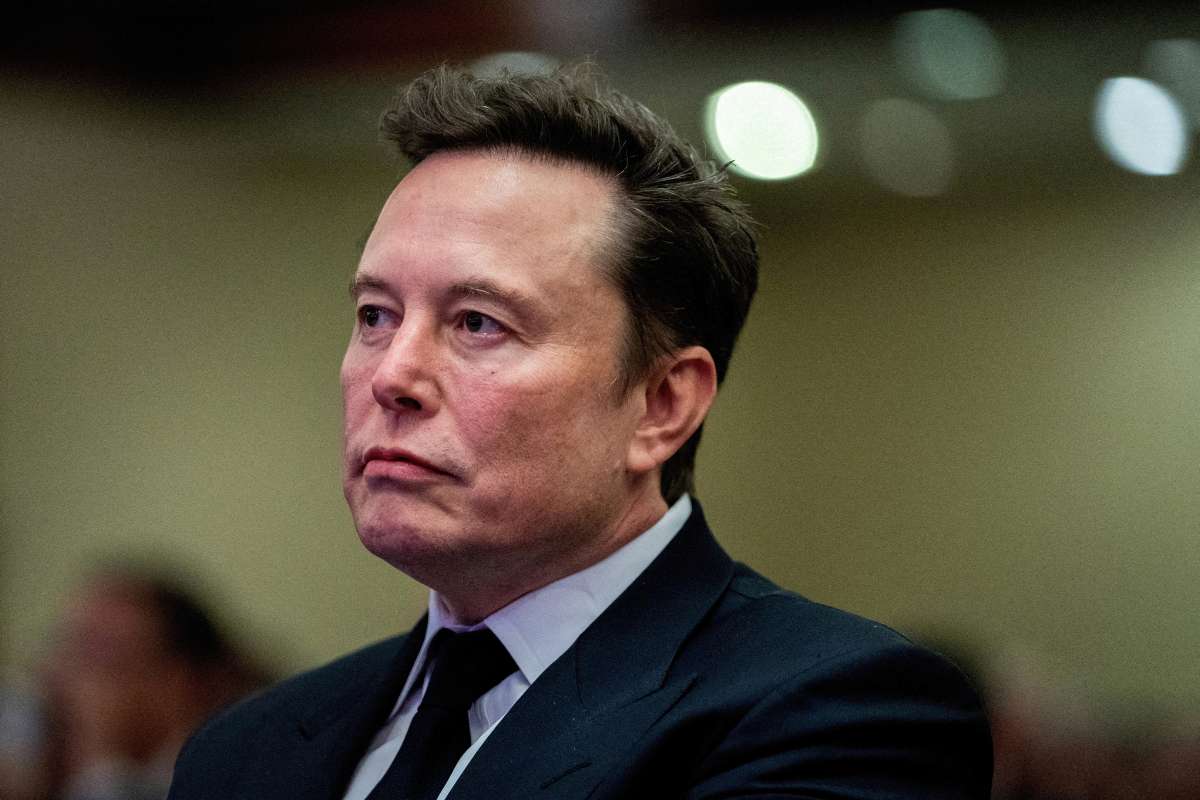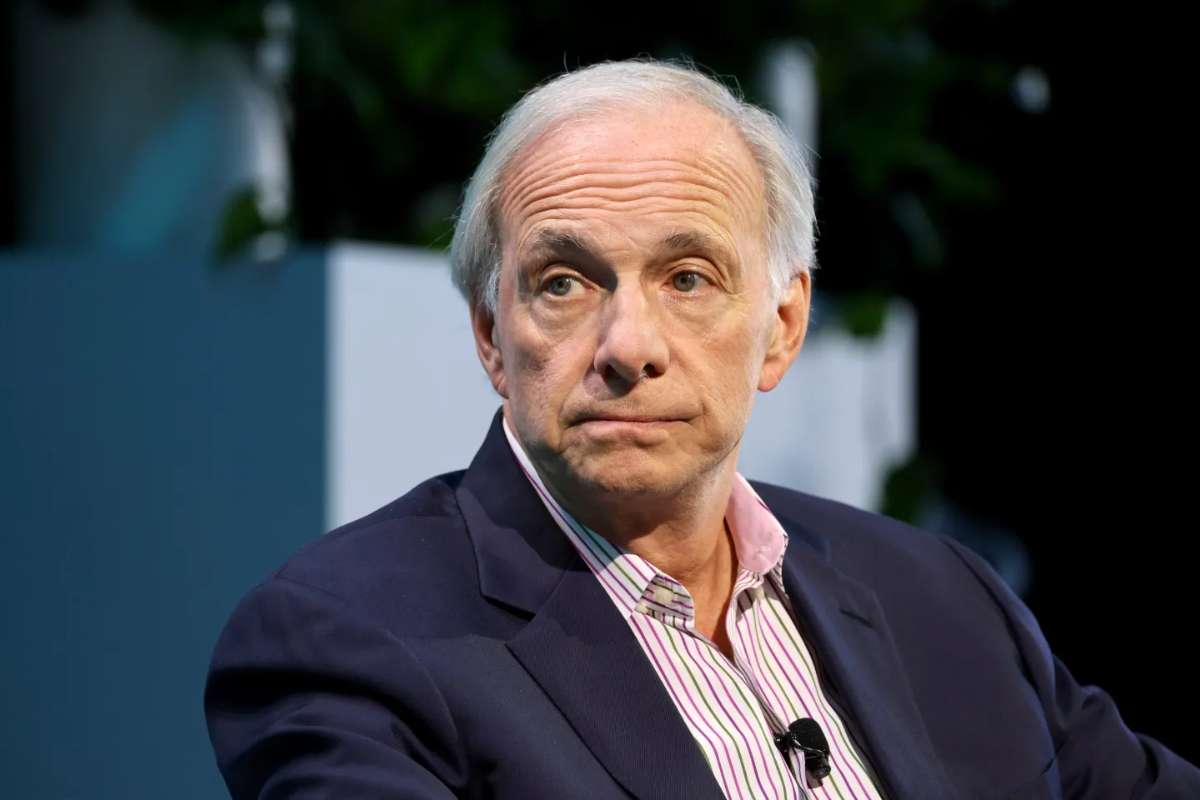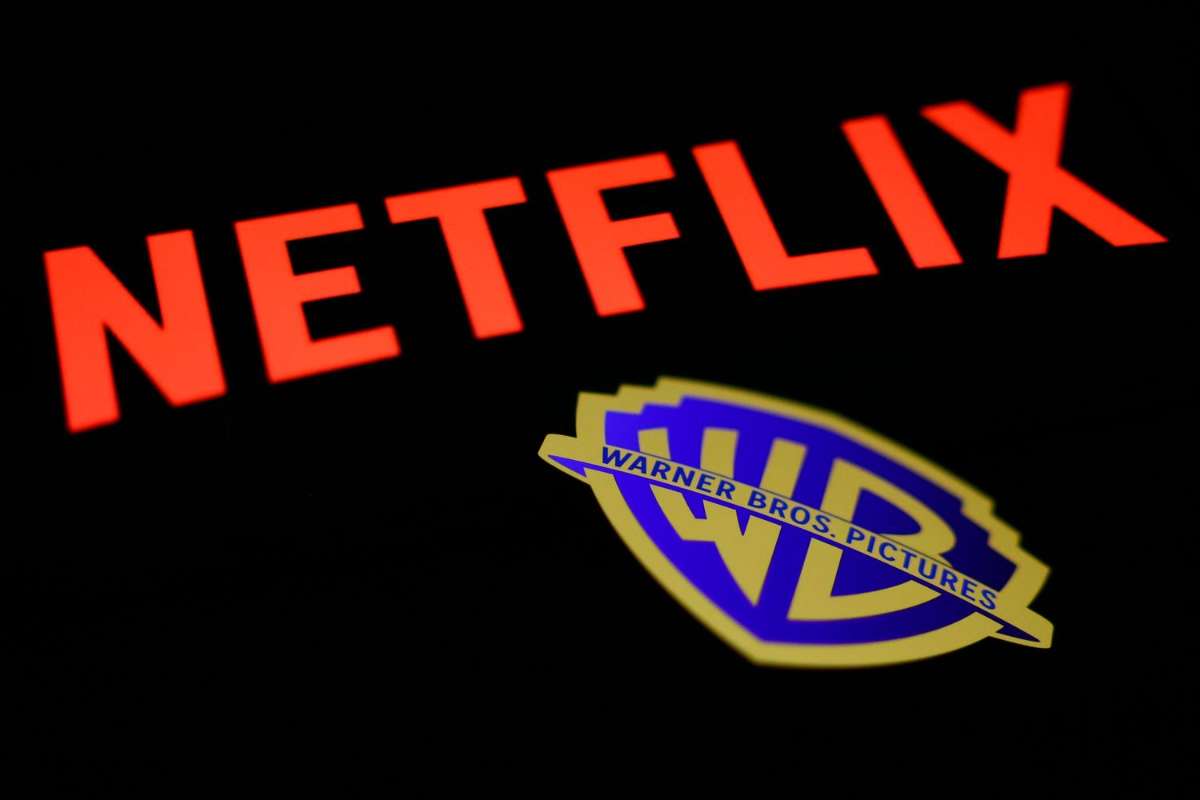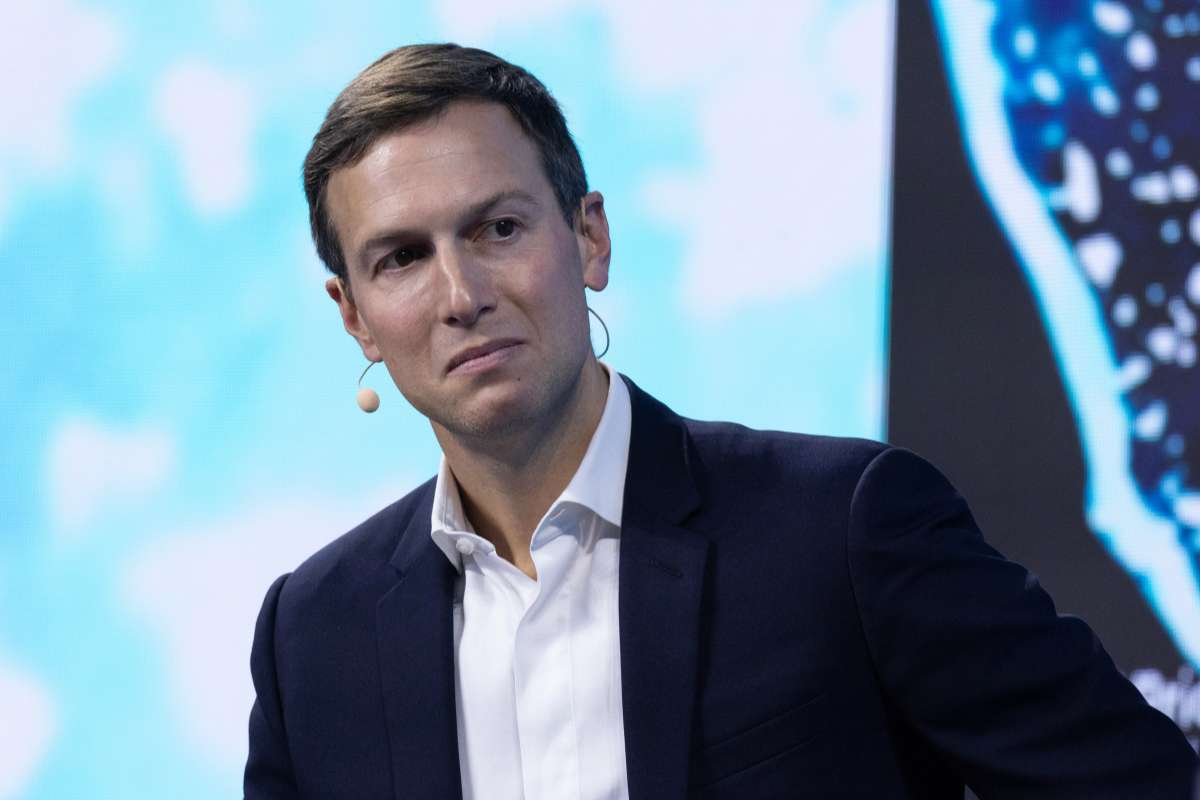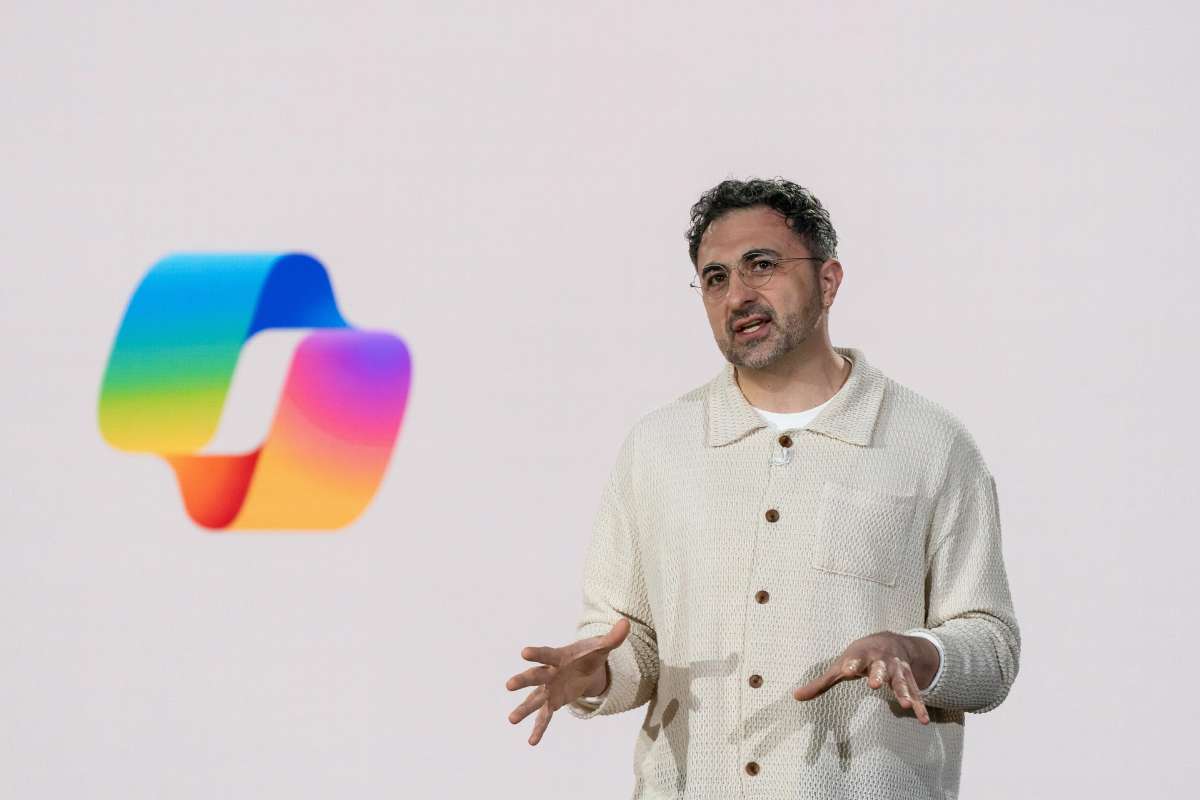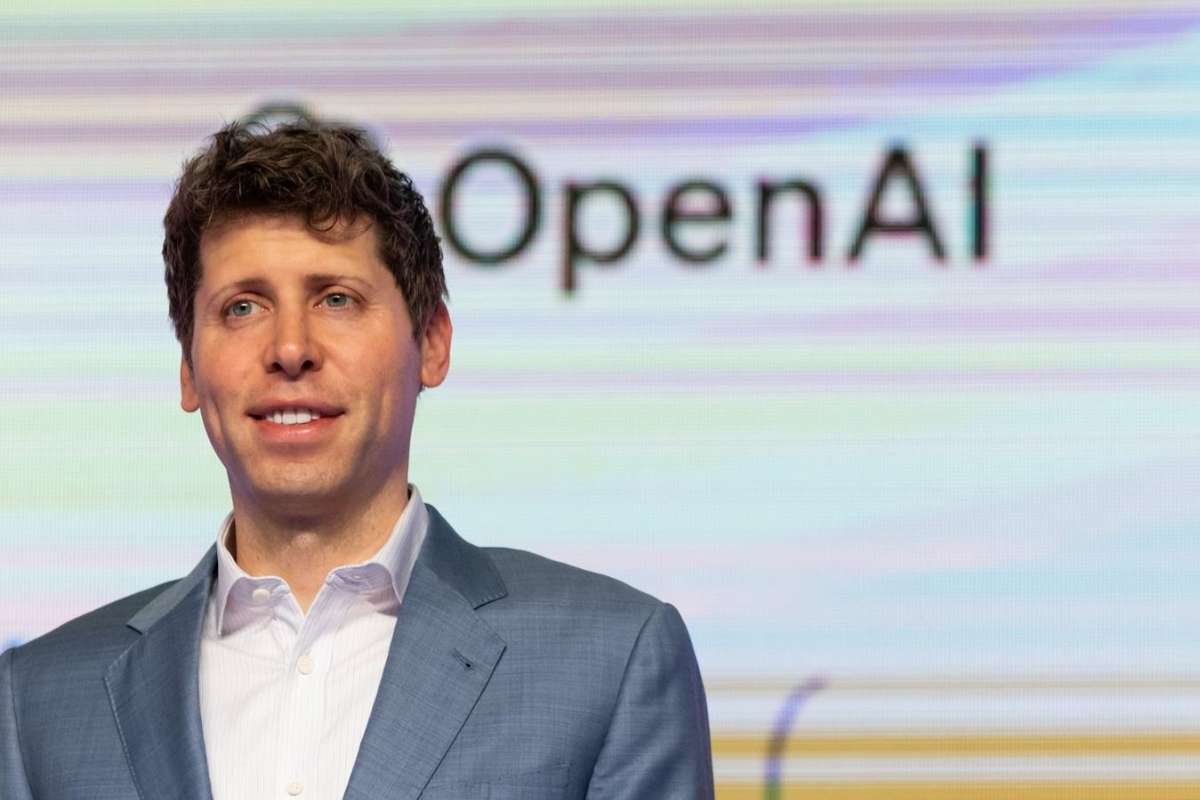Blockchain is evolving into something bigger than its early believers imagined. What started as the backbone of cryptocurrency has begun to branch out into industries with little to do with Bitcoin. In 2025, blockchain is steadily becoming one of the foundational technologies driving the next wave of digital transformation, not because it’s trendy, but because it solves real problems.
From eliminating fraud in supply chains to building transparent healthcare systems, blockchain’s decentralized structure offers a new kind of digital trust that doesn’t rely on banks, intermediaries, or central servers. What’s unfolding now isn’t a tech experiment, but a reshaping of how systems work. The future of blockchain will not be dominated by crypto speculation but will instead be built around real-world use cases, enterprise integration, and public sector innovation. The technology is maturing, the infrastructure is improving, and more importantly, people are beginning to see its value beyond the coin.
Top 10 Ways the future of blockchain looks like:

1. Blockchain Moves from Concept to Core Infrastructure
Once seen as a risky novelty, blockchain is now being reimagined as digital plumbing, the backend infrastructure for everything from finance to logistics. Companies like IBM, Microsoft, and Oracle are developing private blockchain networks to increase data integrity, automate contracts, and streamline record-keeping.
The future of blockchain will see it embedded quietly behind the scenes, just like the internet or cloud services today. Its real strength lies in creating shared systems where multiple players, who may not even trust each other, can operate based on verified truth. As scalability and energy efficiency improve, blockchain will slip deeper into business models and government infrastructure without users noticing.
2. Digital Identity Will No Longer Be Scattered
In 2025, managing your identity across different platforms is still a fragmented, frustrating process. You sign in with multiple passwords, grant apps access to your data, and hope none get leaked or misused. Blockchain offers a more innovative solution through Self-Sovereign Identity (SSI) systems, where you own and control your digital ID.
This means everything from your academic degrees and health records to your national ID and tax history could be secured on-chain, accessible only by you, and shareable on your terms. Countries like Estonia and companies like Microsoft are already piloting blockchain-based identity solutions. As these systems gain traction, expect them to become the default way we interact with banks, hospitals, universities, and voting platforms.
3. The Future of Blockchain in Supply Chains is All About Transparency
Supply chains today are plagued by a lack of visibility. From counterfeit products to unethical sourcing, the global flow of goods often involves information gaps that are costly and harmful. Blockchain is bridging those gaps.
Retail giants like Walmart and Carrefour already use blockchain to trace food from farm to shelf in real-time. Pharmaceutical companies are deploying it to fight the distribution of fake drugs. In the future of blockchain, such use cases won’t be innovative — they’ll be standard. Whether tracking carbon credits or verifying sustainable fishing, blockchain will act as a digital ledger of trust from origin to end-user.

What is Blockchain Technology and Why It’s Shaping the Future of Data & Finance
Here are the Real-World Applications of Blockchain Technology: 1. Supply Chain Transparency 2. Financial Services 3. Healthcare 4. Smart Contracts
4. Web3 and User Ownership Will Reshape the Internet
The rise of Web3, an internet built on blockchain where users own their data, assets, and identity, is slowly taking shape. While still early, platforms like Lens Protocol, Audius, and decentralized autonomous organizations (DAOs) prove that digital ecosystems can thrive without centralized control.
The future of blockchain here is philosophical as much as technological. It’s about redefining what it means to own something online. Social media profiles, music royalties, and virtual real estate will all be tokenized assets in user-controlled wallets, not corporate databases. This won’t feel radical for Gen Z and younger generations; it’ll just feel normal.
5. Decentralized Finance (DeFi) is Maturing, Not Disappearing
Some predicted the end of decentralized finance after the chaos of 2022’s DeFi meltdowns and crypto scandals. But in 2025, DeFi is quietly maturing. Regulation is catching up, platforms are improving security, and institutional interest is slowly returning.
DeFi will complement, not replace, traditional finance in the future of blockchain. Users will have access to hybrid systems, using blockchain to earn yield, tokenize assets, or borrow funds while protected by regulatory safeguards. From rural entrepreneurs to Wall Street traders, banking without borders becomes more feasible by the year.
6. Blockchain Will Be a Backbone for Smart Cities
As urban populations grow, cities turn to smart infrastructure powered by real-time data. Blockchain fits into this vision by enabling secure, tamper-proof systems for public services. Whether paying tolls, managing energy usage, or distributing welfare schemes, blockchain adds a layer of verifiability that traditional software struggles to match.
Dubai, Seoul, and Singapore are leading the way, using blockchain for everything from property records to digital licensing. The future of blockchain in smart cities means fewer bureaucratic hurdles, faster services, and greater citizen transparency, all without compromising data integrity or privacy.
7. ESG and Sustainability Use Cases Are Expanding
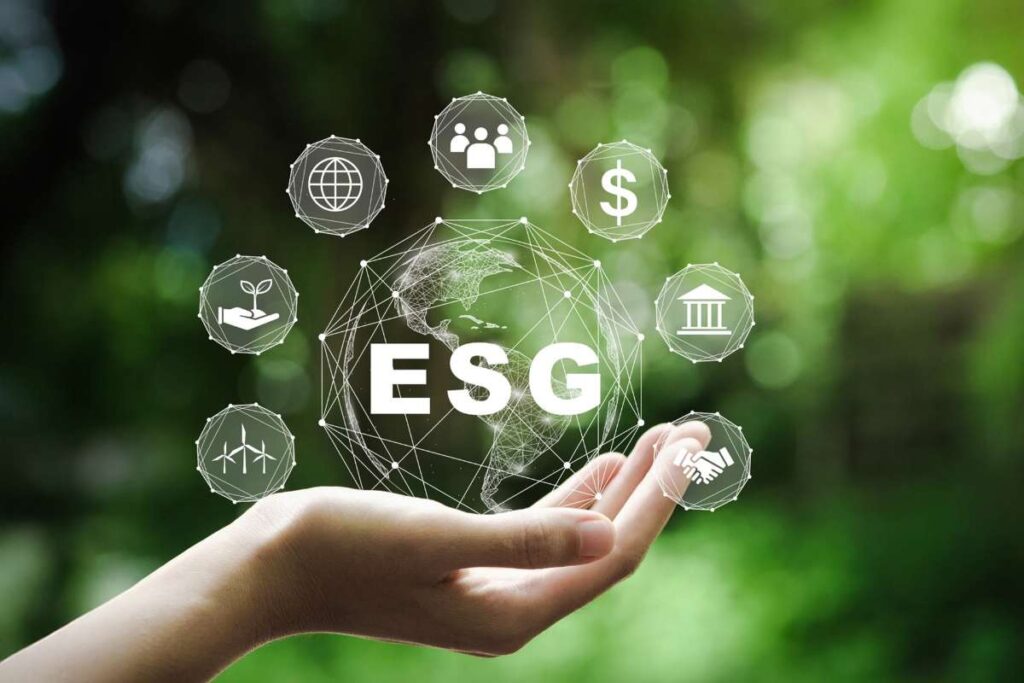
Blockchain is increasingly used to support Environmental, Social, and Governance (ESG) initiatives. Projects like Energy Web are using blockchain to manage decentralized renewable energy grids. Others are helping companies verify emissions data, track recyclable materials, and issue digital carbon credits.
In the future of blockchain, sustainability won’t just be an optional feature; it will be a critical driver of adoption. As climate regulations tighten and consumers demand transparency, blockchain’s ability to provide real-time, auditable data will become central to green business models. And with energy-efficient blockchains on the rise, the tech itself is becoming greener too.
8. Blockchain in Healthcare Will Prioritize Privacy and Portability
Healthcare systems have long struggled with siloed records and outdated data-sharing protocols. Blockchain is beginning to solve this, enabling patients to store medical data securely and share it across hospitals, insurance firms, and labs without duplication or breach.
The future of blockchain in healthcare won’t just be about storing files. It’ll support everything from tamper-proof vaccine certificates and genomic data storage to AI diagnostics that require verified inputs. For patients, it means greater control and mobility. For providers, it means better outcomes and faster interventions.
9. Government and Public Sector Blockchain Projects Will Multiply
Governments worldwide are shifting from observers to participants. Public sector adoption is accelerating from India’s blockchain-based land registry pilot to Sweden’s e-residency initiatives. These systems reduce corruption, streamline bureaucracy, and create new models of public trust.
The future of blockchain governance won’t rely on buzzwords or tokens. It will quietly operate beneath tax systems, benefit disbursements, identity verification, and public contract management. And as more countries digitize core systems, blockchain will become a quiet but powerful driver of transparency and accountability.
10. Regulation Will No Longer Be a Roadblock
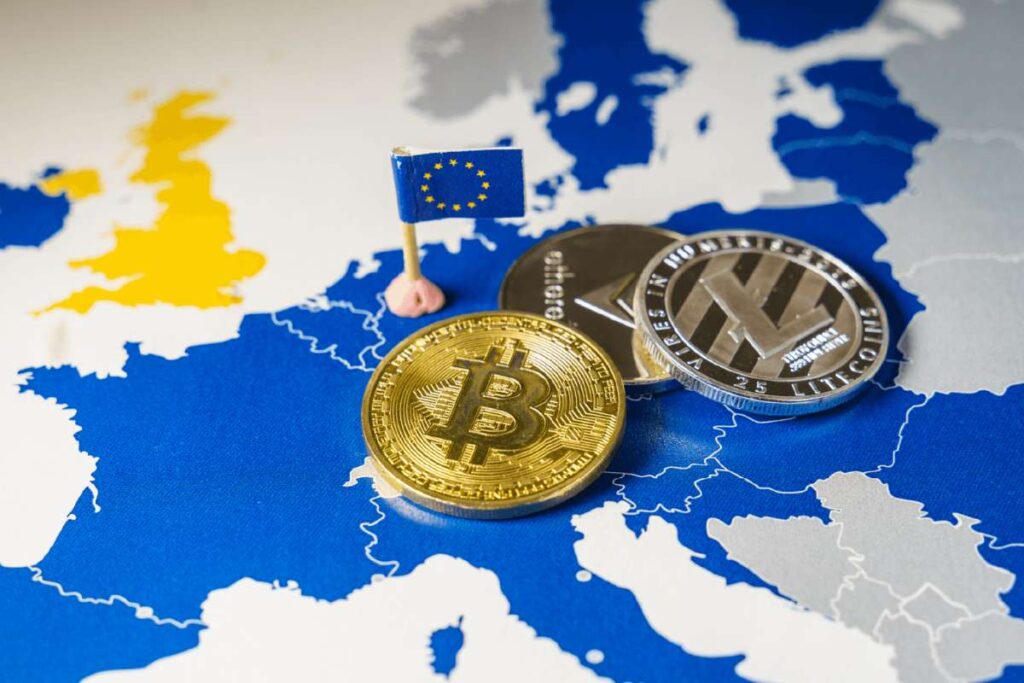
One of the most significant shifts in the future of blockchain is happening in the regulatory space. Instead of resisting it, more governments are now building legal frameworks to support blockchain innovation. The EU’s MiCA regulation, the U.S. executive orders, and Asia’s regulatory sandboxes are signs of a global alignment.
This legal clarity will help bring institutional investors, fintech firms, and enterprise players deeper into the space. Regulation won’t kill decentralization; it will make it safer, more transparent, and more robust for the next wave of adoption.
- Is Blockchain the Future or a Flawed Innovation? Advantages and Disadvantages of Blockchain Technology
- Blockchain Technology Applications in 2025 That Are Running the World’s Most Secure Systems
Conclusion
Blockchain’s future isn’t loud. It’s not driven by meme coins or overnight millionaires anymore. What’s emerging instead is a quiet, foundational shift in how data is trusted, shared, and acted upon. From enterprise logistics to social impact projects, the future of blockchain lies in solving boring but essential problems.
It’s becoming the operating system for trust, one block at a time. Whether you’re a consumer, a government, or a global brand, blockchain won’t ask for your attention. It will quietly do its job, ensuring systems work better, faster, and more fairly.







